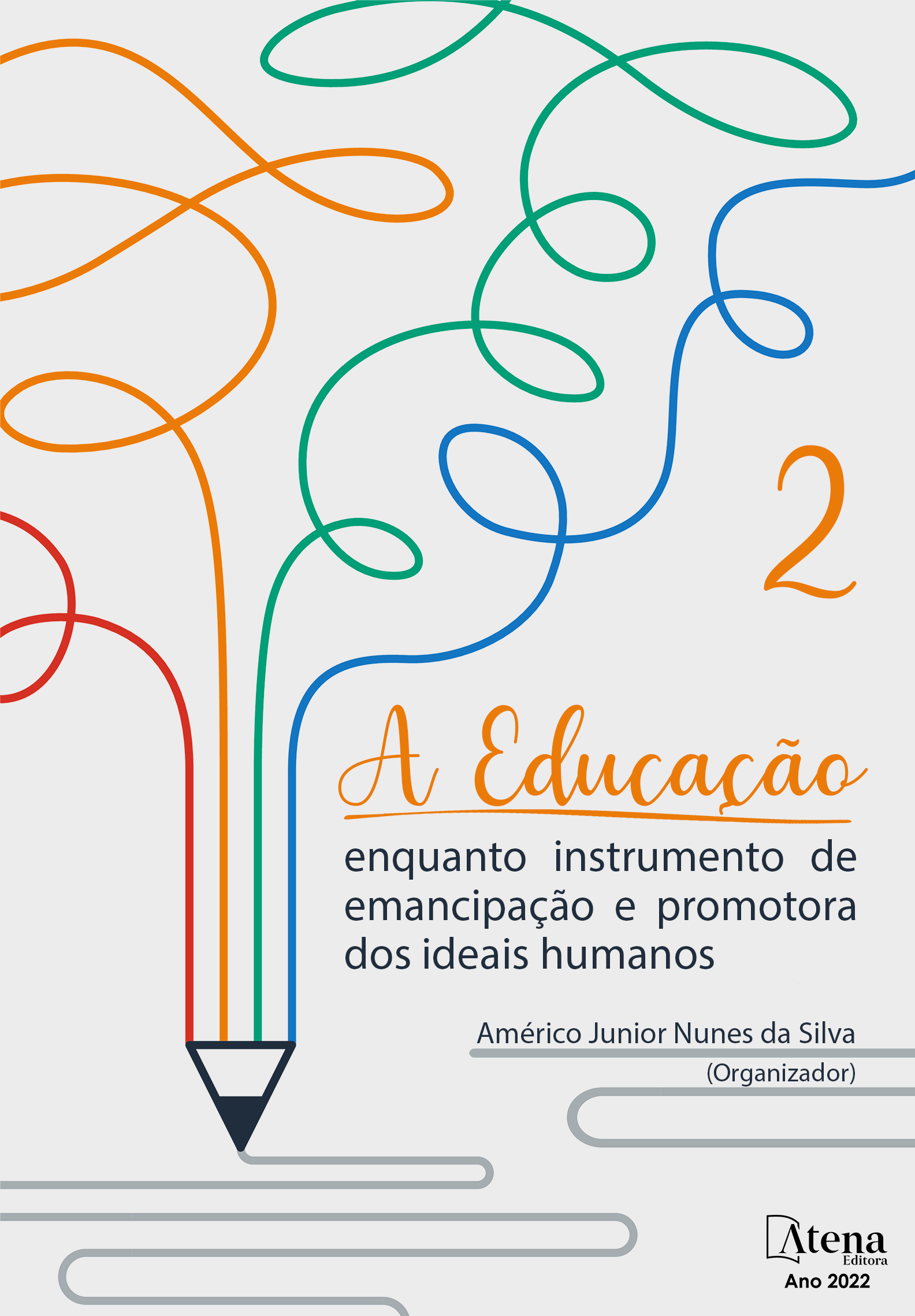
APLICAÇÃO DO MÉTODO SNOEZELEN EM UMA CRIANÇA COM TEA: UM ESTUDO TRANSVERSAL E EXPERIMENTAL
Introdução: O método Snoezelen é uma técnica que estimula sensorialmente as pessoas por meio de equipamentos de sons, luzes, cores, texturas e aromas. Objetivos: Avaliar a efetividade do método Snoezelen em uma criança portadora de TEA. Método de Pesquisa: Estudo de caráter experimental do tipo transversal aplicados em uma criança com TEA. O período de intervenção foi 120 dias sendo o paciente submetido a sessões de fisioterapia 2 vezes por semana. Para análise dos resultados do paciente foram avaliados pré e pós-intervenção, sendo aplicado o questionário GMFM como instrumento avaliativo. A hipótese a ser analisada foi: O método Snoezelen pode melhorar o equilíbrio estático e dinâmico em crianças com TEA?.Para os testes de homocedasticidade foi adotado o teste de Shapiro-Wilk, e para o teste da hipótese foi adotado o teste t Student, em todas as análises estatísticas foi adotado um nível de significância de 0,05. Resultados: As análises estatísticas apresentaram que amostra obteve uma melhora significativa nos seguintes Itens do formulário GMFM: Item C (p-value: 0.01864), D (p-value: 0.00003806), E (p-value: 0.002748). Demonstrando que aplicação do método Snoezelen melhorou significamente a capacidade de equilíbrio motor estático e dinâmico. Já os itens A e B do questionário GMFM não obtiveram modificações. Conclusão: Aplicação do método Snoezelen em crianças portadoras de TEA é indicado pois melhora a sua capacidade funcional.
APLICAÇÃO DO MÉTODO SNOEZELEN EM UMA CRIANÇA COM TEA: UM ESTUDO TRANSVERSAL E EXPERIMENTAL
-
DOI: 10.22533/at.ed.53022280115
-
Palavras-chave: TEA; Estimulação; Fisioterapia
-
Keywords: TEA; Stimulation; Physiotherapy
-
Abstract:
Introduction: The Snoezelen method is a technic that stimulates sensorial people by sound equipment, lights, colours, textures, and smells. Objective: Evaluate the Snoezelen method on a child that has ASD. Research Method: Cross-sectional experimental study applied to a child with ASD. The intervention period was 120 days, with the patient undergoing physical therapy twice a week. To analyze the patient’s results, pre and post-intervention were evaluated, using the GMFM questionnaire as an evaluation tool. The hypothesis to be analyzed is: Can the Szoezelen method improve the static and dynamic balance in children with ASD? The homoscedasticity’s test adopted Shaipiro-Wilk’s test and to the hypothesis test the student's t-test. In all statistical analyzes was adopt 0,05 significance level. Results: The statistical analyzes showed a significative improvement in the following GMFM questionnaire items: Item C (p-value: 0.01864), D (p-value: 0.00003806), E (p-value: 0.002748). Proving that the Szoezelen method had a positive impact and improved the static motor balance and dynamic. However, items A and B in the GMFM questionnaire did not have changes. Conclusion: The Snoezelen method application in children that has ASD is indicated because it improves the functional capacity.
-
Número de páginas: 15
- Haysa Camila Boguchevski
- Francine Gavloski
- Thayná Aquino Gonçalves
- Thayná Carolina Sant’Ana Cantelli
- Welington Jose Gomes Pereira
- Cristiane Gonçalves Ribas


